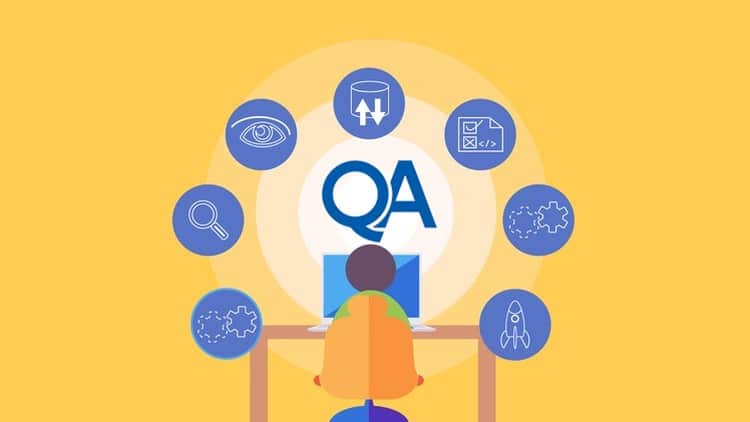
With the increase in the number of businesses, numerous websites and mobile applications are rolled out on a daily basis. Not all these websites or applications become successful. Just a few websites reach a good ranking on Google and handful of applications cross 1 million downloads.
In order to have a successful website and Mobile app, it is mandatory to get it tested before rolling it out so as to provide better experiences for the end users.
Let us have a detailed look at the points that need to be considered while testing:
Mobile App Testing:
1. Network Conditions:
The testers should make sure to test the app under various network conditions considering the network type, loss, quality, and transition. For example, how does the app respond when there is no internet or weak internet signal? What happens when the mobile device is in the Airplane Mode?
2. Interrupt Conditions:
It should be noted as to how the device performance is interrupted due to incoming/outgoing calls, alerts and notifications, the power cycle. The overall performance needs to be smooth and user-friendly. No jerks or long pauses would be appreciated.
3. Installation Conditions:
The team should keep a check on how the app is installed. Also, the process of uninstalling and reinstalling should be considered. How the app responds to these conditions is necessary to be checked. Moreover, the app behavior at the time of update is vital.
4. Performance Conditions:
The speed and responsiveness of the app, its processor, battery optimization, utilization of device and memory card storage are all the points that influence the overall performance of the mobile app. Assure using Quality Assurance (QA) Testing services India, USA to provide a user-friendly app to the end users.
5. Device Integration Conditions:
The tester should make sure the app integrates well with various devices. Also, it should be capable to use the device location, GPS, camera and all other features as per the requirement of the app and function very smoothly.
Website Testing:
6. Usability Conditions:
The tester should test the site Navigation. Menus, buttons and all the links should be visible properly and consistent on all web pages. The content on the website should be apt explaining the user about the website and the services in detail.
7. Interface Conditions:
Interface testing consists of 3 areas: How the client interacts with the web and any if any errors should be visible to the administrator is Application, Web server to check for no denial and database server should give proper responses to the queries.
8. Compatibility Conditions:
The developed website should be compatible with different web browsers. Also, check for mobile browser compatibility. The website should work smoothly on various combination of Operating Systems.
9. Performance Conditions:
It is mandatory to check whether the site works under all loads. Response time at different connection speeds, how site recovers from an event of peak load, all optimization techniques are to be used well for better performance.
10. Security Conditions:
It is the most vital condition. Security should be given utmost priority. Make sure there is no unauthorized access permitted, restricted files should not be available for downloads, auto logout from a session after few minutes of inactivity. Security testing should be conducted in extreme situations to test the website thoroughly.



